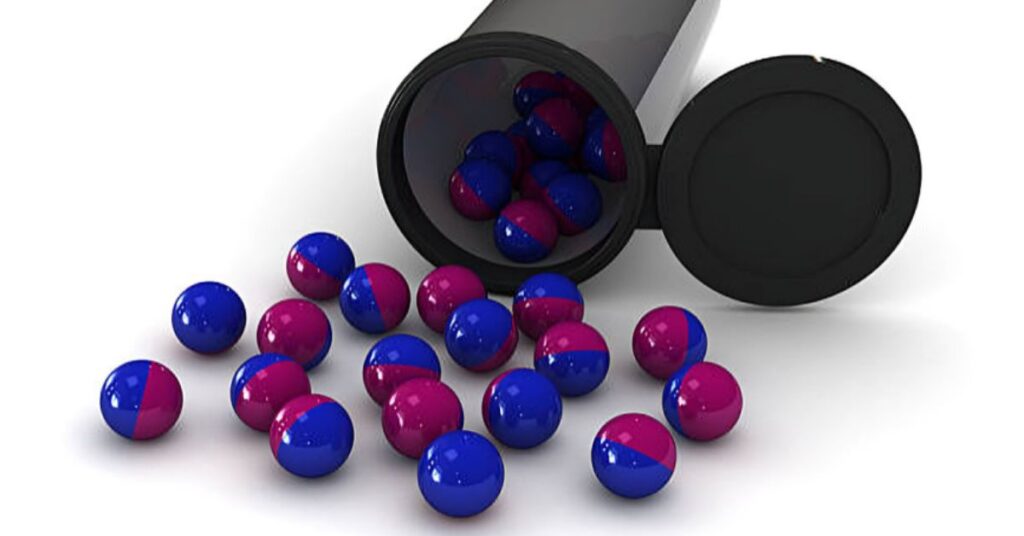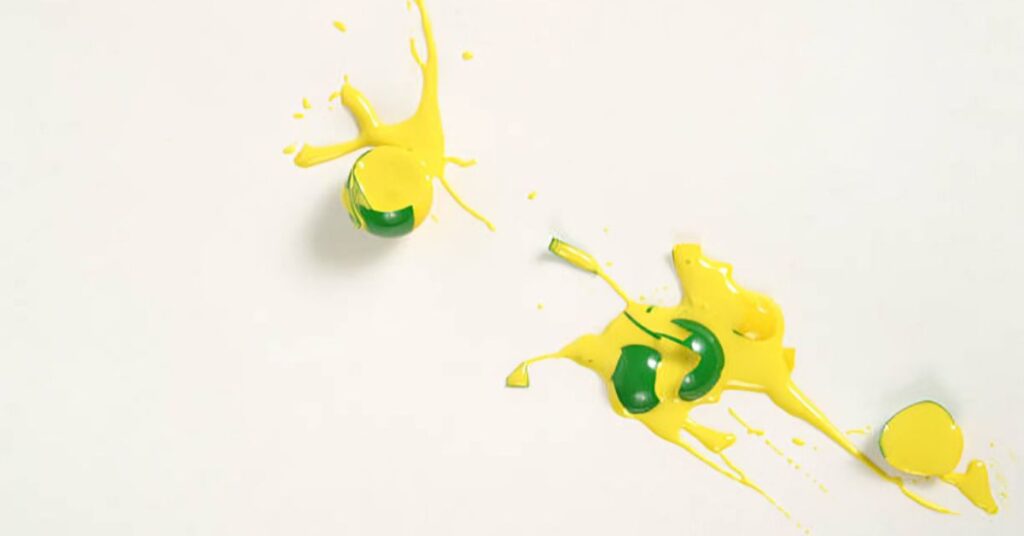Whether you’re a beginner or a seasoned paintball player, you’ve probably wondered:
What exactly is inside a paintball ball? At first glance, they may look like candy-coated marbles, but they’re carefully engineered for safety, performance, and biodegradability.
What Is a Paintball Made Of?
Paintballs are small, round capsules designed to burst upon impact, releasing a visible mark of paint on the target. Despite their name, modern paintballs don’t contain actual paint or harmful chemicals.

A standard paintball consists of two main components:
- Outer Shell (The Capsule)
- Filling (The “Paint”)
Outer Shell: What It’s Made Of
The outer shell of a paintball is made from:
- Gelatin—the same type used in food products like gummy bears and capsules.
- Polymer Additives—to adjust the hardness, flexibility, and shelf life.
- Plasticizers—to help control how easily the ball breaks on impact.
The shell is designed to be:
- Biodegradable
- Non-toxic to humans
- Easily breakable upon impact
- Water-soluble (dissolves when wet)
This shell is typically manufactured in two halves, then sealed around the fill material.
The Filling Inside a Paintball:
The colorful liquid inside a paintball is often referred to as “paint,” although it’s not paint. It’s made from a water-soluble, non-toxic mixture that washes off easily from clothing and skin.
Common paintball fill ingredients include:
- Polyethene Glycol (PEG)—a thickening agent (also used in cosmetics, medications, and antifreeze).
- Sorbitol—a sugar alcohol that helps maintain fluid texture.
- Food-grade dyes—for the color.
- Water—as a base for the solution.
Some specialty paintballs may include:
- Fluorescent dyes—for better visibility.
- UV-reactive pigments—for night games or special effects.
Important Note: While these substances are safe for human skin contact, they can be toxic to pets (especially dogs) if ingested due to the high levels of PEG or salt-like compounds.
Is There Actual Paint Inside a Paintball?
No—despite the name, paintballs do not contain traditional paint. Real paint contains solvents, heavy metals, and toxic chemicals, which can be hazardous to the skin, eyes, and the environment.

Modern paintball fill is
- Non-toxic to humans
- Biodegradable
- Easily washable
- Environmentally safer than old-school paint-based ammo
Are There Different Types of Paintball Fill?
Yes! Depending on the type of game or field, you might encounter:
- Standard Fill: Bright colors like yellow, pink, or green.
- Tournament Grade: Thicker and brighter for better visibility on uniforms.
- Washable Fill: Designed to clean easily from rental equipment and clothing.
- Winter Fill: Includes antifreeze-like ingredients to protect against cold temperatures.
Each type serves a specific purpose, from casual play to competitive matches.
Are Paintballs Safe?
For humans—yes, paintballs are safe if used properly with protective gear.
For pets—no, ingestion can be highly toxic to dogs or cats due to the chemical composition (especially PEG and dyes).
For the environment—most paintballs are now biodegradable, though you should still clean up after large events to reduce environmental impact.
Conclusion:
So, what’s inside a paintball?
A gelatin shell and a water-soluble, food-dye-based fill—not actual paint. These are specifically engineered to be safe for humans, easy to wash out, and environmentally friendly. However, they are not safe for pets, so be sure to keep your furry friends away from any paintball residue or gear.

